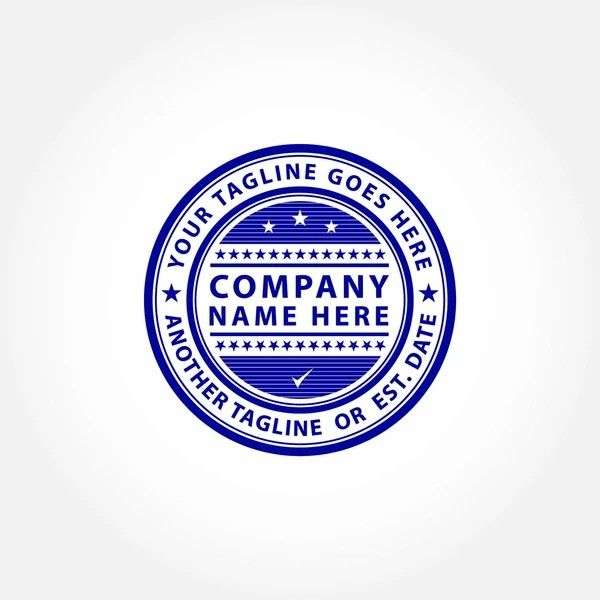A Company Seal, also known as a corporate seal or common seal, is a device used by companies to emboss or impress their official documents and contracts. It typically bears the company’s name, registration number, and sometimes its logo or emblem.
Table of Contents
Key Points to Understand
**1. *Purpose of the Company Seal:*
- Authentication: The seal acts as a formal mark of authentication on important documents, signifying their authenticity and approval by the company.
- Legal Recognition: Historically, seals were crucial for legal recognition of corporate acts and agreements, though their use has diminished in some jurisdictions.
**2. *Usage and Application:*
- Signing Documents: Commonly used to execute contracts, deeds, share certificates, and certain legal agreements, providing evidence of corporate approval.
- Historical Significance: While less common today due to digital signatures, some jurisdictions still require or recognize the use of a company seal for specific documents.
Importance in Corporate Governance
The use of a company seal historically reflected the corporate identity and authority. Today, its use varies by jurisdiction and company policy, with digital alternatives often replacing traditional seals for efficiency and security reasons.
Example and Practical Application
Example: In a real estate transaction, a company might use its seal to execute a property purchase agreement. The document, once sealed, serves as evidence that the company has formally authorized the transaction.
Legal Considerations
- Jurisdictional Variations: Laws regarding the use of company seals vary globally, with some jurisdictions requiring specific formalities or allowing alternatives like digital signatures.
- Board Resolutions: Companies typically outline in their articles of association or bylaws when and how the seal should be used, often requiring board approval for its application.
Practical Steps for Using a Company Seal
- Design and Custody: Companies design their seal to include their name, registration details, and any necessary symbols or logos, keeping it securely stored when not in use.
- Execution of Documents: When using the seal, it should be applied on the document in a manner that clearly shows the impression without obscuring text or details.
Conclusion
In summary, while the use of a company seal has historical significance, its practical application in modern corporate governance has evolved. It serves as a formal mark of authentication on specific legal documents, providing assurance of corporate approval and authority. Understanding its role helps companies navigate legal requirements and ensure compliance with applicable laws and regulations.





